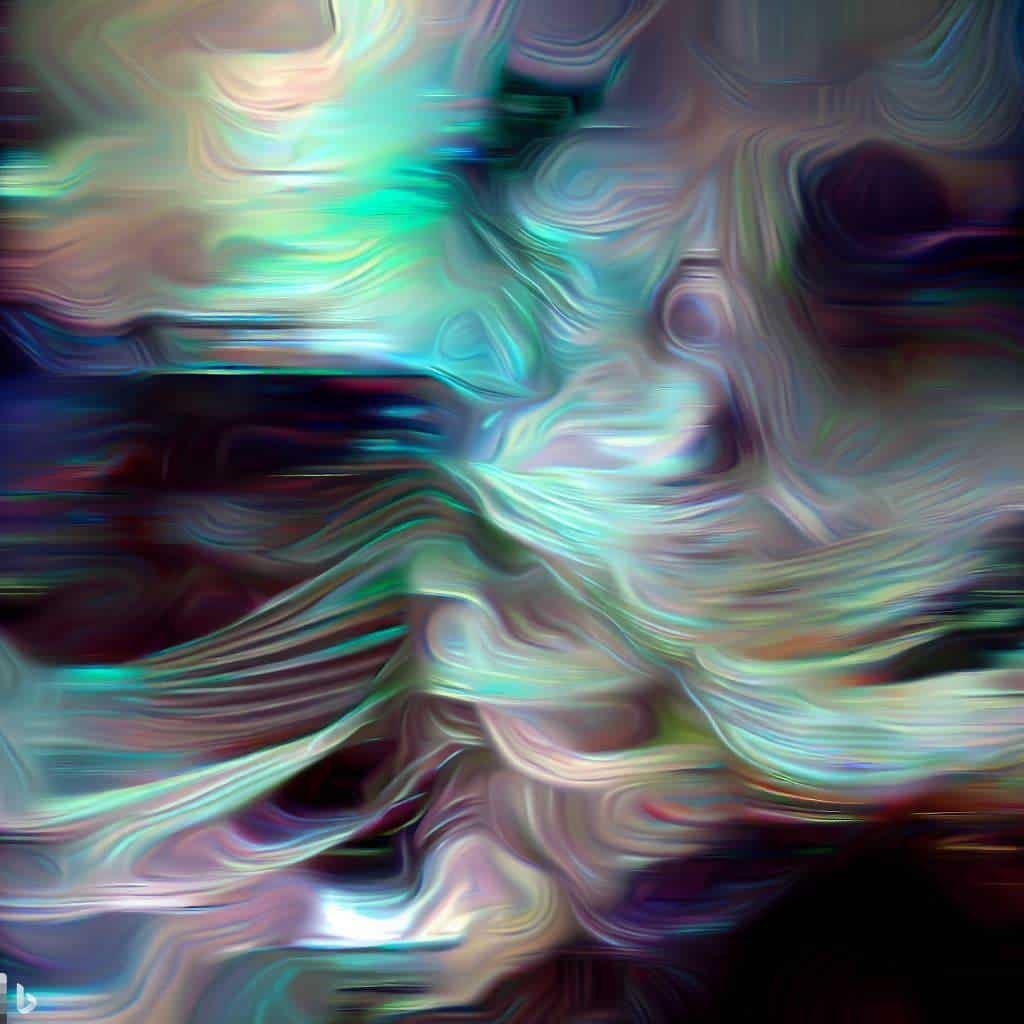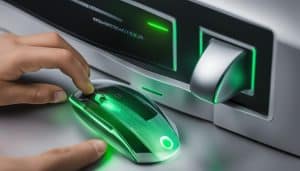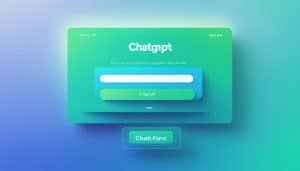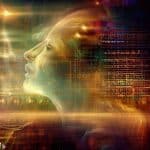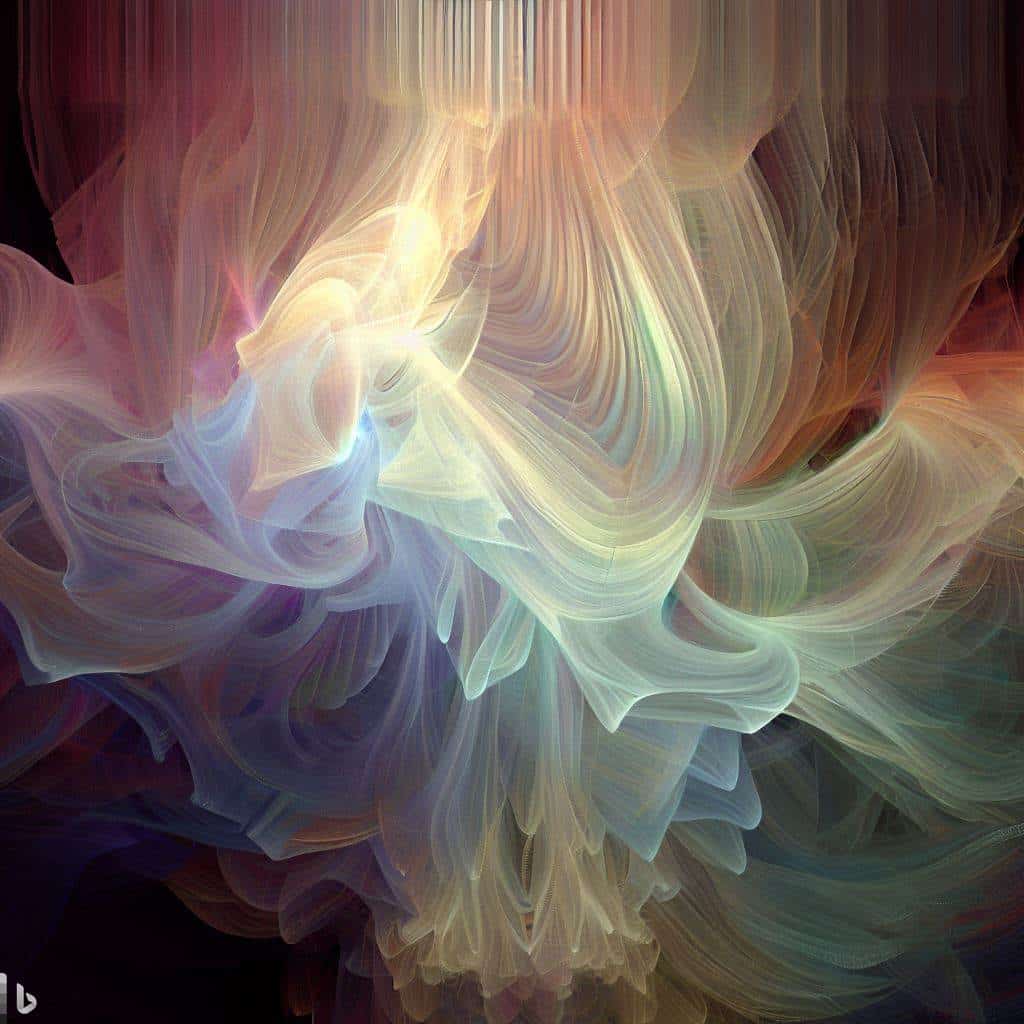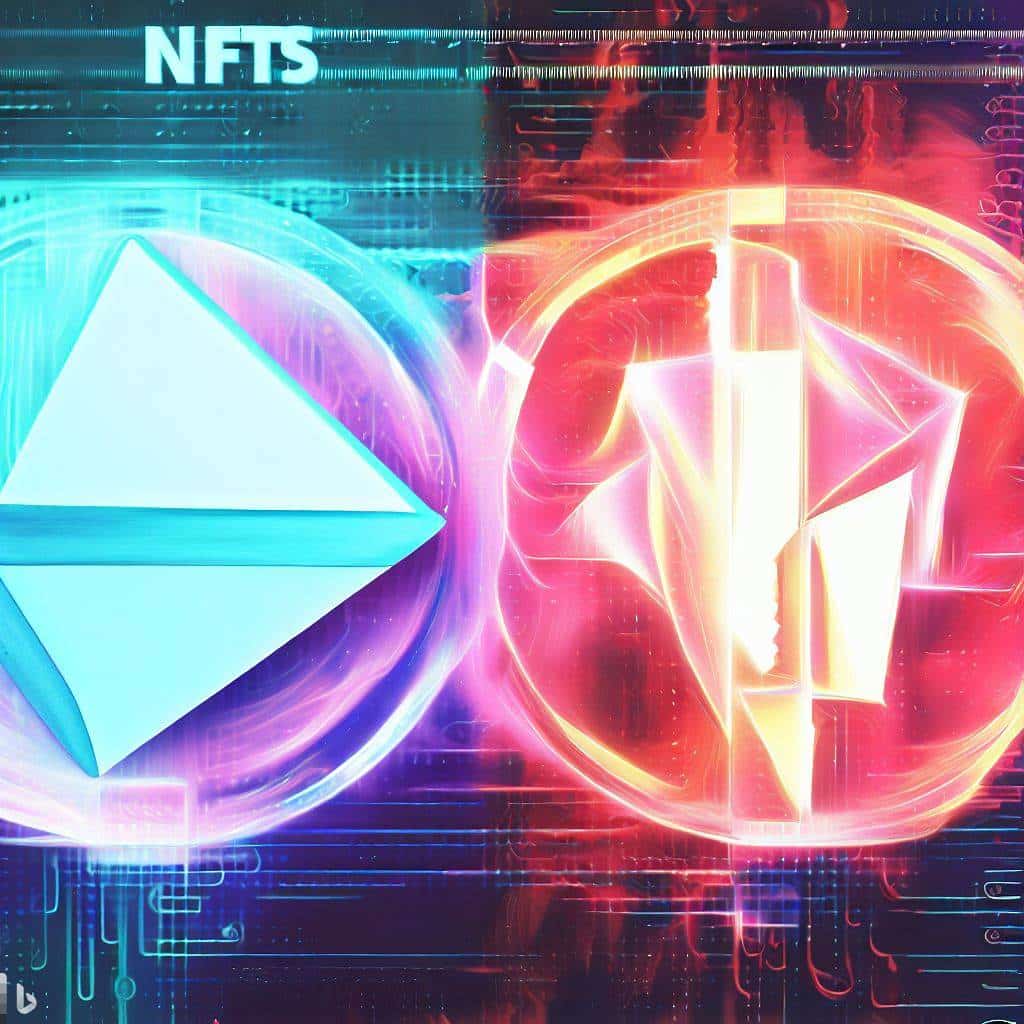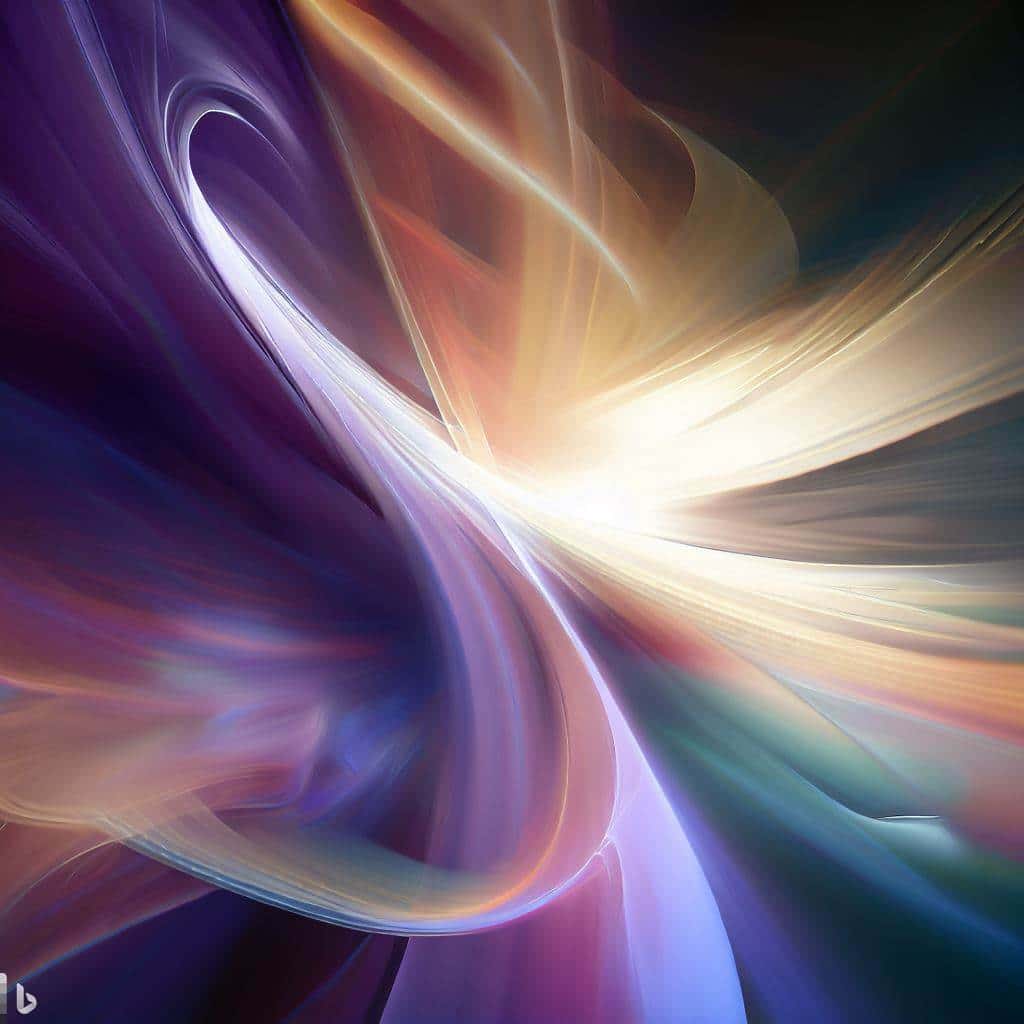Understanding Digital Art
To understand digital art with its forms and formats, and common techniques, we present a brief overview of the definition of digital art. This will lay a foundation to explore the different ways in which digital art is created and the unique mediums it employs. Through this section, the sub-sections will act as solutions to help you gain an in-depth understanding of the concept of digital art.
Definition of Digital Art
Digital art involves crafting multiple types of artwork with digital tech. From pixelated illustrations to complex animations, it’s a range of graphical expressions that use computers and software. It relies on inventive techniques to blend art styles and tech advances.
Recently, digital art has changed traditional craftsmanship in the creative industry. It can exist without a physical gallery, as it can be displayed using digital devices, allowing wider reach. A great example is NFTs – digital tokens that confirm unique artworks’ authenticity.
Digital artists use computer programs like Adobe PS, Autodesk SP & Zbrush to make their art. They also use ‘generative art’, where algorithms generate and manipulate data to form imagery or objects.
Creating digital artwork demands practical and conceptual knowledge – mastering software, grasping processes & methods, and regularly exploring contemporary inspiration. Digital art is more varied than a chameleon at a rainbow party!
Forms and Formats of Digital Art
Digital Art is versatile and offers a wide range of possibilities. Let’s explore the different types!
A table can help illustrate the Forms and Formats of Digital Art. Below, find definitions and examples.
| Types of Digital Art | Definition | Examples |
|---|---|---|
| Pixel-based | Images from individual pixels | Bitmaps, Digital Painting |
| Vector-based | Graphics from geometric shapes | Logos, Illustrations |
| 3D modeling | Creation of a 3D object or scene | Virtual Reality, Video Games |
| Mixed media | Combination of different mediums | Augmented Reality, Interactive Installations |
| Web-based | Artwork for web environments | GIFs, Online animations |
| Generative | Artwork created with algorithms | Fractal patterns |
| Interactive | Artwork reacting to user input | Digital Installations |
Digital art isn’t limited to these forms and formats. It also allows artists to push boundaries with works traditional mediums can’t match. Some other forms and formats include glitch art, cyber art, bioart.
In 2018, the global market for fine arts was USD 67.4 billion. Digital artists have a plethora of tools to create with.
Common Techniques Used in Digital Art
Digital art has brought a new revolution to the world of creativity. Here are some common techniques used in digital art creation:
| Technique | Description |
| Digital Painting | Using software or a stylus to paint on canvas or tablet. |
| Vector Graphics | Creating smooth images using mathematical algorithms. |
| Photo Manipulation | Altering photos to create artistic and surreal effects. |
| Digital Texturing | Adding texture digitally with filters or brushwork. |
In addition, digital artists also use methods like glitch art, data bending, and motion graphics. AI tools, such as neural networks and machine learning, are now being utilized to generate unique patterns and designs.
The boundaries of digital art are continuously being pushed. With advancing technology, digital art will only continue to grow in scope and potential. Wealthy people can finally own something that isn’t a trophy or yacht club membership!
NFTs Explained
To understand NFTs, a revolutionary technology in the world of digital art, it is important to know exactly what they are and how they work. In order to help you navigate this complex topic more easily, this section will delve into the definition of NFTs and how they work. Additionally, we will explore how NFTs can provide numerous benefits to artists.
Definition of NFTs
NFTs, or Non-Fungible Tokens, are digital assets stored on blockchain. They are unique and not interchangeable. Each NFT contains distinct information and characteristics. They provide verification for digital items such as art, music, videos, and virtual real estate.
NFTs offer limited edition or one-of-a-kind ownership options. They serve as a certificate of ownership for a digital item. What makes an NFT valuable is subjective. It can relate to rarity, historical significance, or personal meaning.
Unlike physical assets, NFTs provide immutability and unforgeable proof of uniqueness within the blockchain. The first-ever use case was in 2014 with Counterparty’s Bitcoin. Cryptokitties in 2017 followed. Then, in March 2021, $69 million Beeple’s artwork sold at Christies Auction House. Owning one-of-a-kind artwork is cool. But owning NFTs is cooler!
How NFTs work
NFTs – A Comprehensive Guide To How They Function.
NFTs authenticate and establish ownership of digital assets, thanks to blockchain technology – a public digital ledger that prevents fraud and counterfeiting. Here’s a closer look at their workings.
A unique digital asset, like a JPEG image or video file, is created. Then, its ownership details and transaction history are registered on the blockchain.
A specific NFT of the asset is minted using a hashing process. This adds metadata with info like the creator, creation date, etc. This creates a one-of-a-kind token that cannot be replicated or duplicated, authenticating its provenance.
The NFT can then be bought and sold on various marketplaces using cryptocurrency. The seller transfers ownership to the buyer through the blockchain, proving both parties’ authenticity and transaction history.
Significantly, artists earn royalties each time one of their works is resold due to the “smart contracts” programmed into the blockchain-based marketplace methods.
Investors should take precautions against scams when entering markets for potential gains. Do extensive study on the potential investment platforms. Plus, creators should consider licensing options for their assets to ensure accurate representation while earning passive income from future transactions.
Finally, artists can sell their digital masterpieces without worrying about someone copying and pasting it into Microsoft Paint and claiming it as their own.
Benefits of NFTs for Artists
NFTs provide numerous advantages to visual artists, allowing them to possess digital works in an unprecedented way. These advantages can help the artist unlock their art’s full potential.
- Earning revenue from digital artworks without the need of intermediaries, like galleries or auction houses.
- Giving creators the chance to exhibit their work on a global platform, resulting in amplified visibility and exposure.
- Offering a new level of authenticity and traceability, which allows artists to hold intellectual property rights while still controlling the distribution and utilization of their creations.
- Enabling artists to make limited-edition works that are rarer than original pieces, granting collectors entry to specific artworks that may not be available otherwise.
NFTs likewise help build a stronger bond between an individual buyer and artwork. Buyers experience an emotional connection when purchasing digital art due to knowing that they own the genuine one-of-a-kind piece. Moreover, the blockchain technology behind NFTs provides traceability, security, and immutability – giving artists more protection against piracy and unapproved usage of their digital works.
Furthermore, research shows that Digital Art sales grew nearly 800% last year with Polygon market displaying exceptional support as it is considered the most approachable marketplace for buyers.
In the end, although NFT technology is relatively new in the art world, with its tokenization capability allowing people who didn’t have financial access or cultural power earlier buying authentic collectables at cost-effective prices, many professionals believe in ethical minting practices where energy consumption and carbon footprinting must prioritize ecological sustainability while aiming to reduce profit-making interests across auction houses or galleries. It turns out you can put a price on digital art – you just need to transform it into an NFT first.
Relationship between Digital Art and NFTs
To understand the relationship between digital art and NFTs, dive into the advantages of NFTs for digital art, how digital art is tokenized, and examples of digital art sold as NFTs. These sub-sections offer solutions to better comprehend the intersection between digital art and NFTs, from the technical aspects of the process to case studies of its success.
Advantages of NFTs for Digital Art
NFTs are revolutionizing digital art ownership! Blockchain technology provides authentication that guarantees ownership and authenticity. NFTs allow artists to sell their work directly to buyers, without galleries or auction houses. Plus, NFTs provide an intrinsic value for artwork, which can be sold through marketplaces like OpenSea or Rarible.
NFTs offer more than just a method for purchasing digital art. They provide a new way for creators and collectors to interact, beyond financial transactions. An example of this is when Beeple’s artwork “The First 5000 Days” sold for $69 million through Christie’s. This demonstrated that digital art can be sold in traditional auction houses, thanks to the security of NFTs. It showed that digital art has potential and value in traditional sales channels.
So, how do we turn a painting into a cryptocurrency? Just add some pixels and a blockchain, and voila – it’s now an NFT!
How Digital Art is Tokenized
In the digital age, owning and valuing art is made unique through tokenizing. This means creating a digital certificate of authenticity using blockchain tech, producing a one-of-a-kind identity known as a Non-Fungible Token (NFT).
Minting an NFT involves creating a digital asset that represents art. Then setting a price for it, listing it on a marketplace or platform for sale. After purchase, it transfers ownership to the buyer.
The benefits are clear – digital artists get royalties on future sales and have control over their art. Buyers can verify authenticity. Potential downsides include high transaction fees and lack of proof of real-world value, compared to physical artworks.
Viewing tokenized artworks may only be possible online, where they are hosted. Artists should research platforms to sell their work, set prices and engage with audiences to purchase it.
Overall, tokenizing art is gaining traction because of its advantages. But people should consider pros and cons before investing or buying tokens associated with Digital Art.
Examples of Digital Art Sold as NFTs
NFTs have changed digital art’s value. Here are some examples:
| Artist | Selling Price | |
| Beeple | “Everydays: The First 5000 Days” | $69 million |
| Grimes | “WarNymph Collection” | $5.8 million |
| Krista Kim | “Mars House” | $512,712.00 |
Big money is being spent on NFTs! This unlocks new chances for creators and collectors. But worries have been raised about NFTs’ energy use.
Joanie Lemercier’s experience is a great example. His energy bill for one month was from just 6 of his art pieces sold as NFTs. He then quit selling NFTs and decided to speak up for a more sustainable approach in this area.
Who knew digital tokens could be worth more than physical art? Wow!
Impact of NFTs on the Art Market
To understand the impact of NFTs on the Art Market with Changes in the Art Industry due to NFTs, Implications for Traditional Art Galleries and Auction Houses, and Future Outlook for Digital Art and NFTs as a solution, explore this section. These sub-sections briefly highlight the various implications of NFTs on the art industry and the potential future they hold for digital art.
Changes in the Art Industry due to NFTs
NFTs have caused huge changes in the art world! They use blockchain tech to guarantee validity and ownership of digital art. This has encouraged artists to try new mediums and promote their work through online platforms to reach more people.
Plus, they’ve created a new marketplace for digital art collectors, driving up demand. The traditional art market is also beginning to integrate blockchain tech to authenticate physical art and secure transactions with smart contracts.
This has given opportunities to emerging artists who were excluded from the conventional art industry. They can now self-promote with social media and NFT marketplaces, selling works directly to customers without agents or galleries.
Metapurse‘s purchase of Beeple’s “Everydays: The First 5000 Days” for $69 million demonstrated that digital art has real value. People are paying attention to intangible digital creations, rather than only tangible art.
Cryptocurrency may be necessary for traditional art galleries and auction houses to stay relevant in the NFT wave.
Implications for Traditional Art Galleries and Auction Houses
NFTs have caused a stir in the art market with traditional galleries and auction houses needing to adapt to stay relevant. They face difficulty competing with direct purchases between artists and collectors.
To remain competitive, they must innovate, incorporating NFTs into their business models. Some larger auction houses have already begun, holding auctions or partnering with existing platforms. But smaller galleries need significant investment to break into this arena.
Adaptation is essential for survival. Those who don’t soon embrace this trend may miss out on future opportunities for growth and success. Picasso has been replaced by a JPEG – and the art world needs to keep up!
Future Outlook for Digital Art and NFTs
Digital art has been on the up and up over the years. Recently, Non-Fungible Tokens (NFTs) have transformed the industry. They give artists a chance to make money by selling original pieces that are tracked on a blockchain.
NFTs have altered not only how artists market their work, but also how art collectors invest in it. Digital art is becoming more popular, spawning NFT sales and a whole new marketplace for buyers and sellers. This has broadened the market’s reach, allowing anyone with an internet connection to purchase digital art.
As traditional art galleries and auction houses become more familiar with NFTs, we can expect to see even more big-name artists entering this market. Furthermore, NFTs could potentially get rid of copyright ownership concerns as they help keep the transaction genuine.
Pro Tip: Before getting into NFTs, be sure to educate yourself. It’s important to understand the technicalities of tokens and how they work within the blockchain system. Who knew that buying a digital piece of art could stir up more controversy than choosing a political party?
Controversies Surrounding NFTs and Digital Art
To understand the controversies surrounding NFTs and digital art, you need to dive into the issues attached to this topic. Environmental concerns with NFTs, issues with copyright and ownership of digital art, and criticisms of the NFT market and its impact on artistic value are the major sub-sections that will be covered in this section.
Environmental Concerns with NFTs
NFTs have created global concern for their environmental impact. Blockchain technology needs serious computational power, and this leads to higher carbon emissions. It takes the same energy as a European using electricity for a whole month to make one single NFT. As more artists join, trading and transaction costs increase, meaning greater emissions.
Solutions have been proposed, such as renewable energy credits and energy-efficient NFT making. There’s even an environmental credit system proposed by German artist Tillmans, where users can buy credits like carbon credits. This money goes towards community projects fighting climate change and reducing carbon footprints.
Recently, Grimes made headlines by auctioning off her digital art collection for $6 million worth of Ethereum cryptocurrency. We should celebrate technological advances, but not forget the negative environmental impacts.
Issues with Copyright and Ownership of Digital Art
NFTs have caused a stir about authenticity and IP rights. Blockchain tech backs digital assets, but questions remain on copyright laws. Who owns and controls the works?
Creators want one transaction to convey all rights to their work. Collectors view them as investments with returns. But, multiple copies of one piece exist. So, tracing an original is a challenge.
Then there’s provenance. Evidence to show originality and ownership of art. It’s hard to trace NFTs back to origin, with many platforms offering similar services.
Krista Kim sued Ja Rule for selling her copyrighted art as NFTs without permission or proper attribution. She won the case. So, legal frameworks must cover digital assets to protect copyrights.
Creators need guidelines on how to protect their digital works’ authenticity. NFTs have made art into a game of who can pay the most for a JPEG.
Criticisms of the NFT Market and its Impact on Artistic Value
NFTs and digital art have caused many debates. People say they lessen physical artwork’s authenticity, since it is replicable in digital form. There are green worries too, because blockchain operations use a lot of energy.
Plus, makers of NFTs may not own the copyrighted material in their works. And, some fear that the craze around NFTs and digital art prices take away from up-and-coming artists who have no fame or big fan base.
Still, these technologies offer modern-day artists new methods of earning money and reaching audiences worldwide.
According to The Verge, “Following Christie’s $69 million Beeple sale, institutional crypto-art curiosity went through the roof.” NFTs and digital art are a confusing partner – always changing, often arguable, and hard to predict.
Conclusion: The Evolving Relationship between Digital Art and NFTs.
The link between digital art and NFTs is more complex than ever. The NFT market’s growth is changing how artists perceive digital art and who owns it.
Artists can now use blockchain to sell their work’s rights, as opposed to old contracts. This offers more openness and less middlemen, creating a prosperous digital art economy.
Some even say that NFTs are transforming art, allowing artists to monetize their creations in unprecedented ways. Debate over the value of NFTs rages on, but it is certain they have had an immense effect already.
Big auction houses are including NFTs in their sales – a sign that NFTs are being accepted by mainstream society.
Critics assert that NFT sales are based on hype and not artistic quality, and that the market could be unstable.
The connection between digital art and NFTs raises vital questions about ownership and legitimacy, while providing great chances for artists. As technology progresses, this connection will continue to develop in unexpected ways.
Q: What is digital art?
A: Digital art refers to any art that is created using digital technology, such as a computer or a digital drawing tablet.
Q: What is an NFT?
A: An NFT (non-fungible token) is a digital asset that represents ownership of a unique item or piece of content, such as a piece of digital art.
Q: What is the relationship between digital art and NFTs?
A: NFTs provide a way for digital artists to monetize their art in a new and unique way. By creating a one-of-a-kind NFT of their art, the artist can sell it to a collector who then owns the digital rights to that particular piece of art.
Q: How has the art world reacted to NFTs?
A: The art world has been both intrigued and skeptical of NFTs. Some see them as a liberating force that allows artists to shake off the gatekeepers of the traditional art world, while others see them as a marketing ploy or a passing trend.
Q: What is NFT art?
A: NFT art refers to any piece of art that has been created as an NFT. These can be digital artworks, videos, GIFs, or even physical objects that have been digitized and tokenized.
Q: What are some examples of NFT art?
A: Some examples of NFT art include “Everydays: The First 5,000 Days” by Mike Winkelmann, “The Currency” by Damien Hirst, and “CryptoPunks” by Larva Labs.
Q: What is the value of digital art compared to physical art?
A: The value of digital art has historically been lower than that of physical art due to its intangible nature. However, with the rise of NFTs, digital art is gaining more recognition and value as a collectible art form in its own right.
Q: How do NFTs differ from cryptocurrencies?
A: While NFTs are built on blockchain technology and use cryptocurrencies such as Ether as their payment method, they differ from cryptocurrencies in that they are not interchangeable or fungible. Each NFT represents a unique item or piece of content, while cryptocurrencies represent a standardized unit of value.
Q: How have NFTs impacted the art market?
A: NFTs have disrupted the traditional art market by providing a new way for artists to monetize their work and bypass the traditional gatekeepers of the art world, such as art dealers and auction houses. In the first half of 2021 alone, NFT sales exceeded $2 billion.
Q: What is the proof of ownership in NFTs?
A: The proof of ownership for an NFT is recorded on the blockchain, a public ledger that keeps track of every transaction made using that particular NFT. This provides a transparent record of ownership that cannot be altered or tampered with.
